1. Things to Know About Kale
Before learning how to grow kale in posts, let's understand some information about this leafy green.
Kale, also known as curly kale or kale greens, is named for its tightly curled leaves. This vegetable originates from the Mediterranean region and is renowned as a staple food in many countries there.
Kale is widely popular worldwide. In recent years, the trend of growing kale has surged. One of the reasons for its popularity is its rich nutritional profile, including high levels of vitamins A, K, C, B6, B1, and minerals like manganese, calcium, potassium, and magnesium.
Additionally, kale is a large plant that grows beautifully. In some gardening circles, kale is even seen as an ornamental plant in gardens.
2. Guide to Growing Kale in Pots from Seeds at Home
There are several ways to grow curly kale at home. Firstly, it's important to note that there are many varieties of kale such as purple kale, green kale, dinosaur kale, and glass kale. Among these, green kale is the most common and productive.
If you're new to growing kale, it's best to start with inexpensive seeds, around 300 seeds for 1,5 USD. If you want to delve deeper into kale cultivation techniques, invest in higher quality seeds, about 0,2 USD per seed.
2.1. Soaking Kale Seeds
For growing kale from seeds, follow these steps:
-
Soak kale seeds in warm water (2 parts hot to 3 parts cold) for about 3-5 hours. Then, remove the seeds and let them drain and ferment in a damp cloth.
-
Plant the kale seeds in rows spaced about 15 cm apart, cover lightly with soil, and water thoroughly.
-
Once the kale seedlings are about 8 cm tall, you can transplant them into prepared pots. Kale plants grow quite large, so plant them with a spacing of 25 cm between plants and 30 cm between rows. It's best to plant each plant separately in a pot.
2.2. Caring for Kale at Home
Growing kale requires patience and calmness. While the plants start slow, they grow rapidly once rooted and exhibit strong vitality. Here are some tips for caring for kale at home:
-
Regarding fertilizers: Since kale belongs to the leafy vegetable family, it benefits from fertilizers with high nitrogen content. Kale particularly enjoys fish-based fertilizers. You can water with fish-based fertilizer every three days.
-
Regarding mulching: You can use chicken manure, cow manure, or kitchen compost as mulch. For optimal growth and durability, apply both liquid fertilizer and mulch.
-
Pest and disease prevention: To protect kale from pests and diseases, alternate between spraying fresh milk (diluted with water at a ratio of 100 ml milk to 1 liter water) and herbal insecticides made from chili, ginger, garlic, and soap.
-
Spray every 5 days with these natural remedies to avoid chemical intervention as much as possible.
If your kale plants suffer from stem rot, scoop out the affected area and apply lime to sterilize. The plant will naturally heal.
Creating shade for kale: Kale prefers cool climates, so during hot weather, cover with black mesh to allow normal growth. Also, ensure the soil is well-draining.
2.3. Harvesting Kale
After applying the above techniques for growing kale, remember to harvest by cutting about 2-3 cm away from the stem instead of cutting directly at the base. For extra caution, after cutting, sterilize with lime mixed with water and apply to the cut area.
The above instructions cover the entire process of growing kale at home, which you can start applying immediately. Whether you grow kale in pots or in a garden, the care remains similar. Good luck with this vegetable!
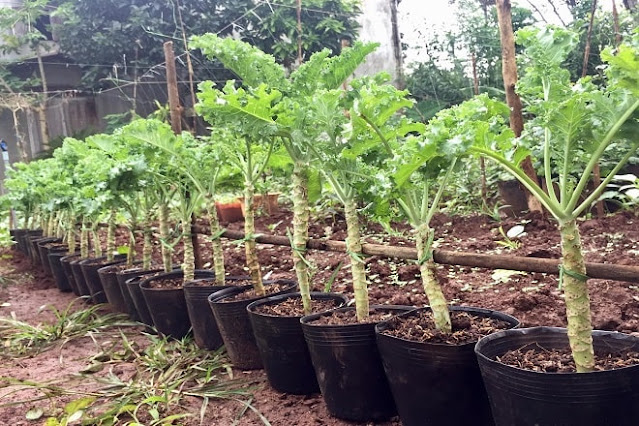
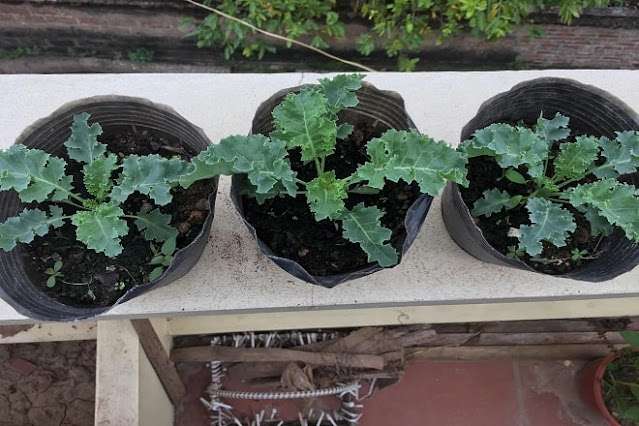
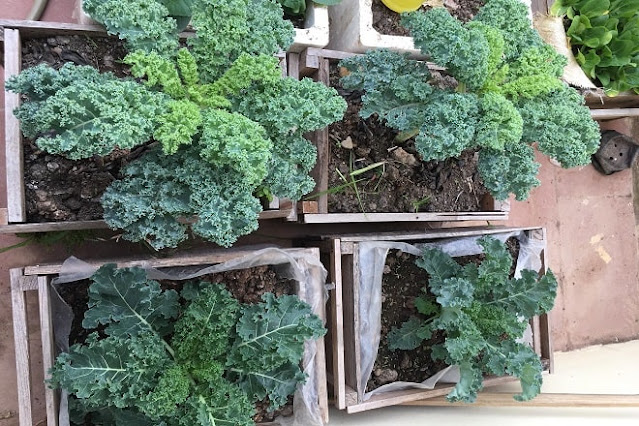
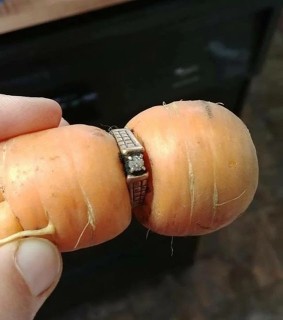 The most unique carrots in the world!
The most unique carrots in the world!
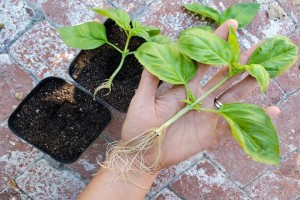 Guide to Propagating Basil Cuttings for Beginners
Guide to Propagating Basil Cuttings for Beginners
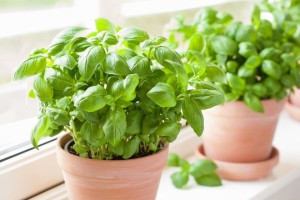 How to take care of basil plant indoors for Beginners
How to take care of basil plant indoors for Beginners
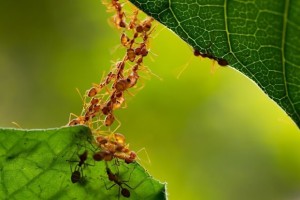 Interesting Facts About Ants
Interesting Facts About Ants
 Coucal bird: Natural Enemy of Snakes
Coucal bird: Natural Enemy of Snakes